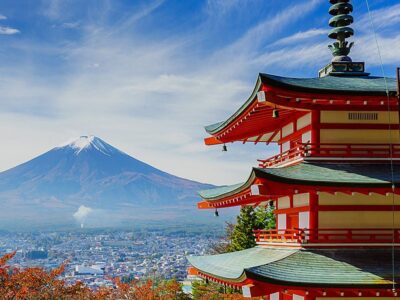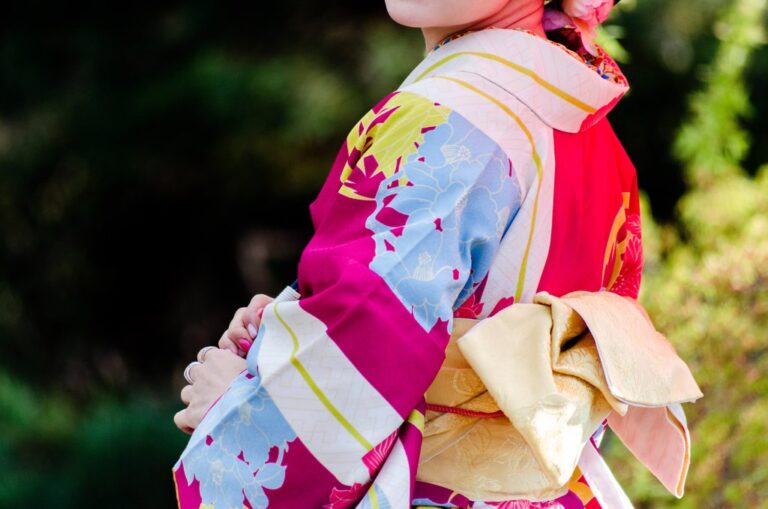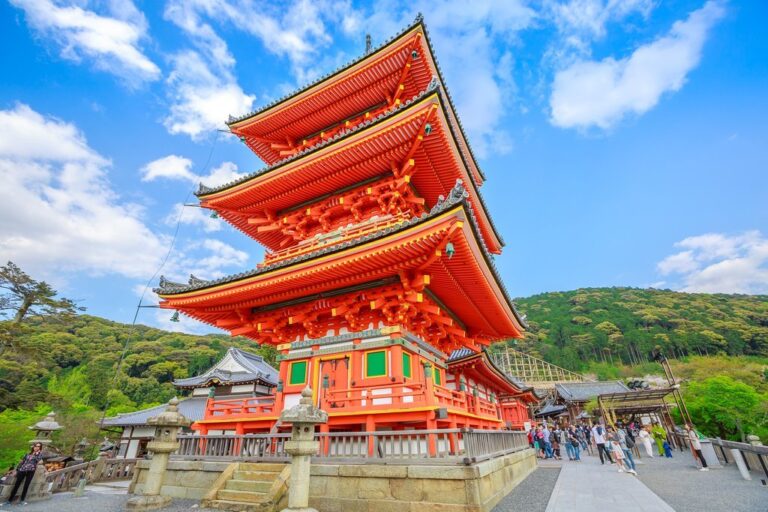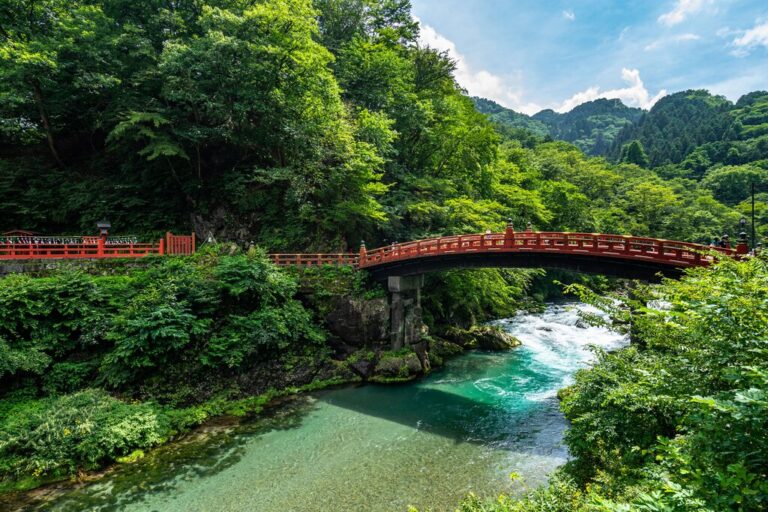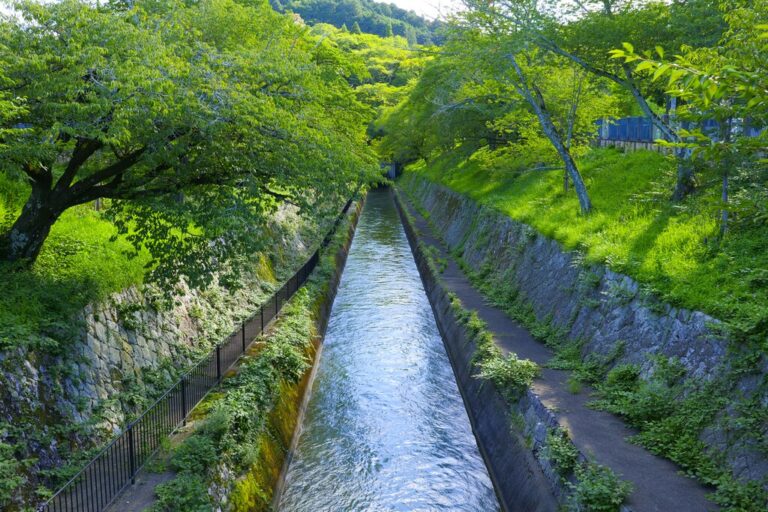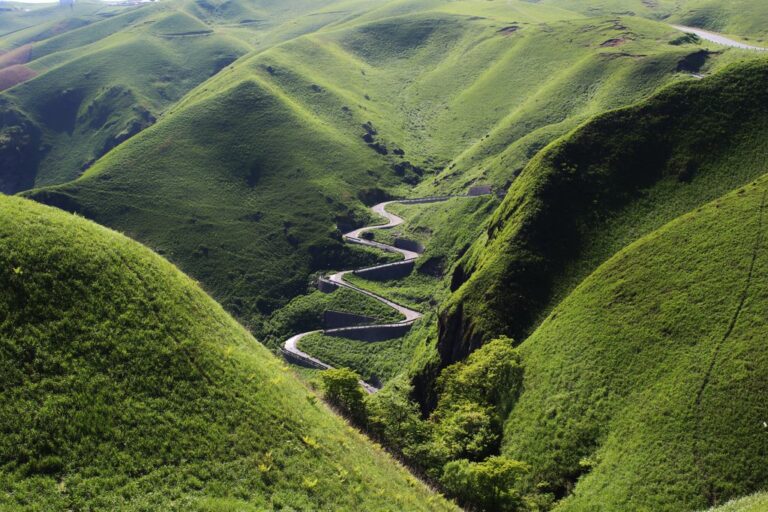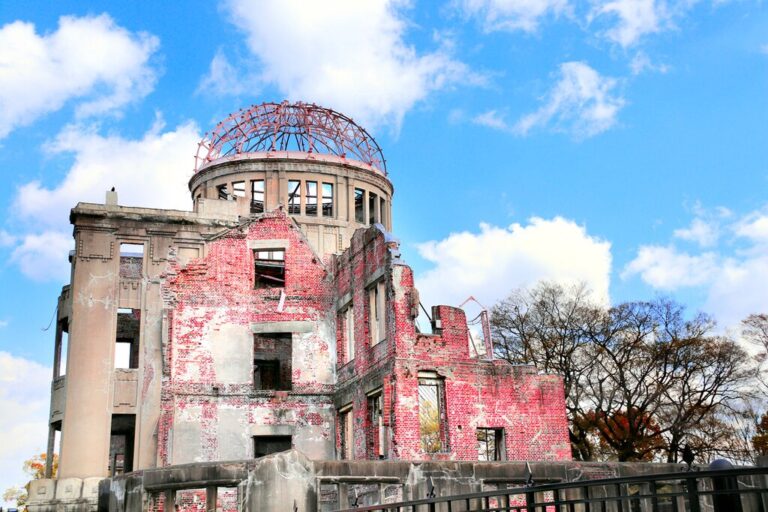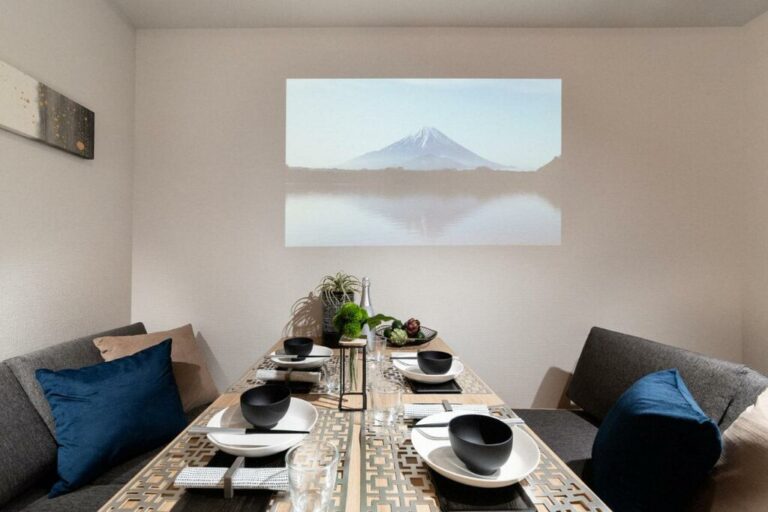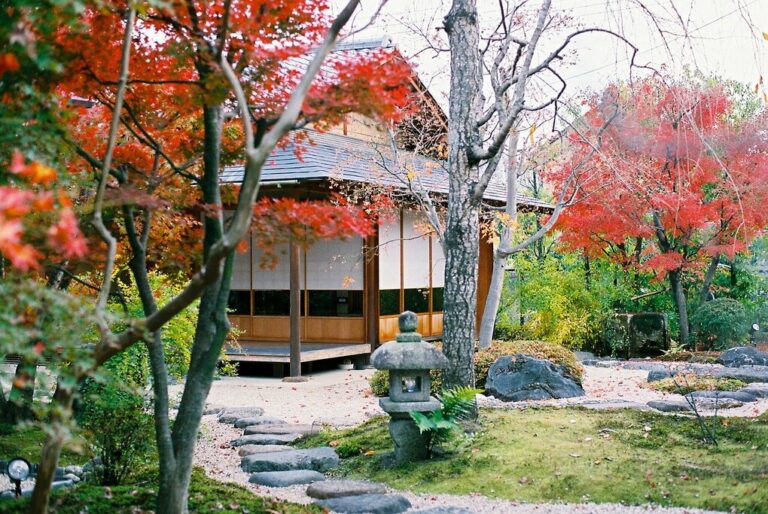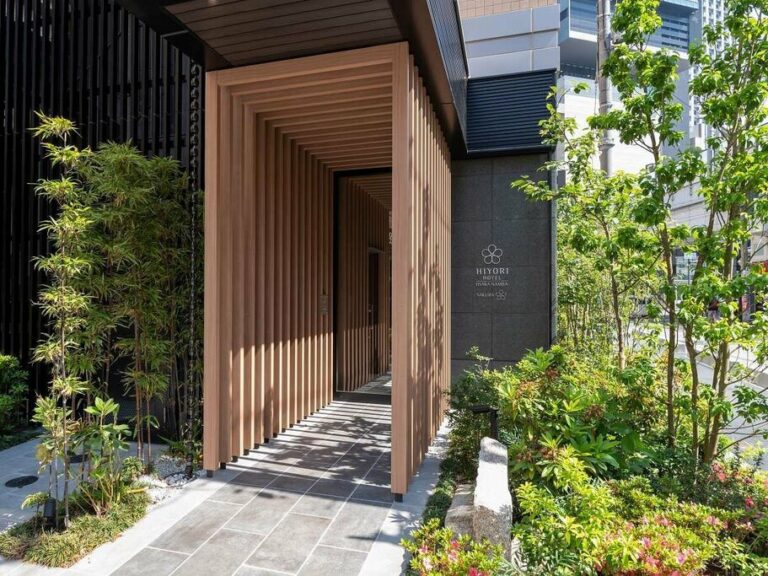Hotel Resol Kyoto Kawaramachi Sanjo, Kyoto Hotels
Tours & Itineraries
Get inspired by trips other travelers have loved
Explore Japan: Tokyo, Hakone, & Kyoto – 7 Days
This weeklong trip to Japan packs in plenty of exploration, so you can discover a good amount of the country’s ...
Discover Modern & Traditional Japan – 13 Days
Discover modern and traditional aspects of Japan in 13 days, touching down in skyscraper-studded Tokyo, where ancient temples meet neon ...
Off-the-Beaten-Path Japan: Tokyo, Nikko & Tohoku – 15 Days
Get away from the crowds and experience a glimpse of traditional Japanese life on this 15-day tour that starts in ...
Cycling Expedition Around Japan’s Lake Biwa – 8 Days
Active travelers will love cycling around the largest freshwater lake in Japan during this eight-day adventure. Starting and ending in ...
Uncharted Japan: Tokyo, Tsuruoka, Izu Islands, Osaka, Kagoshima, Yakushima, Takachiho, Kumamoto – 16 Days
This 16-day adventure tour is specifically designed for nature lovers, where you'll visit remote destinations rarely seen by tourists, go ...
History, Tradition & Culture: Tokyo, Kyoto, Hiroshima & Osaka – 12 Days
Shop, eat, and explore your way through Japan's four major cities in this diverse 12-day itinerary. Start in Tokyo, walking ...
Hotel Advice
Unique places to stay, curated by Big Time Holiday specialists
MIMARU Tokyo Ginza East, Tokyo Hotels
Simple hotel mixing modern and traditional in its rooms and apartments with movie projectors, baths, and kitchens Overview MIMARU Tokyo ...
Ryokan Genhouin, Kyoto Hotels
Historic ryokan with Japanese garden views, a hot tub, and traditional local breakfast options Overview Ryokan Genhouin, a traditional Japanese ...
Hiyori Hotel Osaka Namba Station, Osaka Hotels
Simple, modern hotel with a restaurant and peaceful tatami rooms with contemporary bedding Overview Hiyori Hotel Osaka Namba Station is ...
Best Experiences
Unique things to do, curated by Big Time Holiday specialists
No posts found.

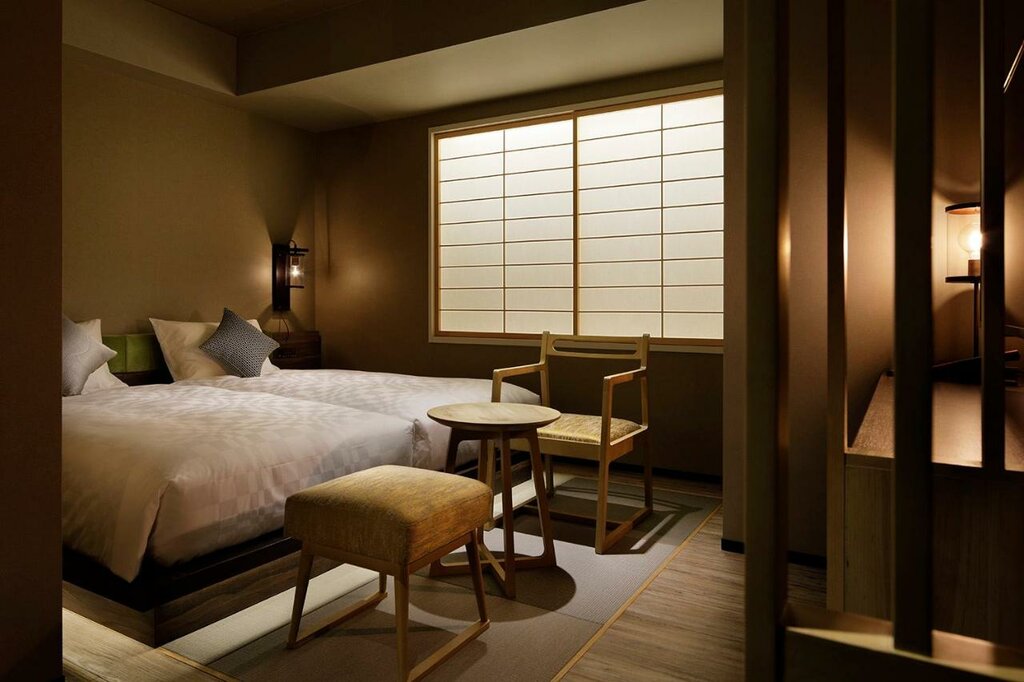
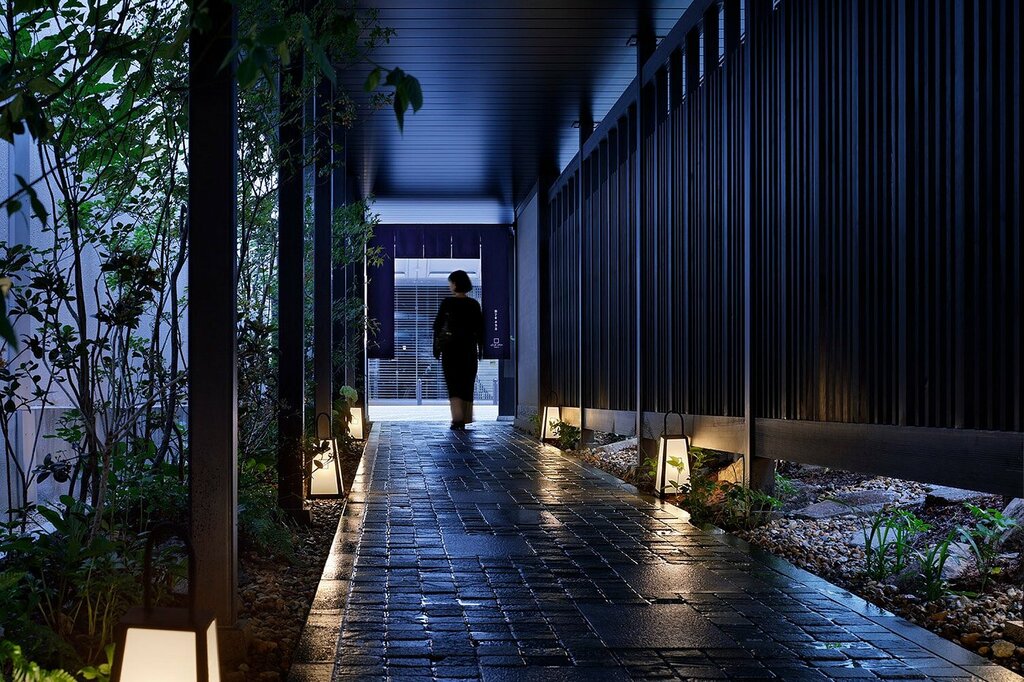
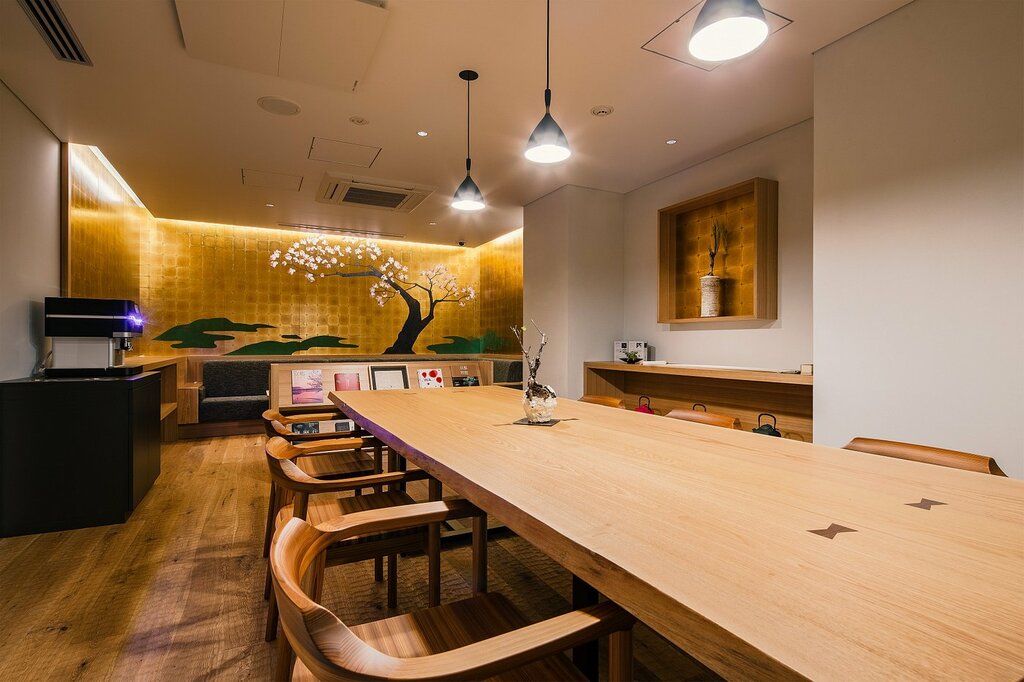
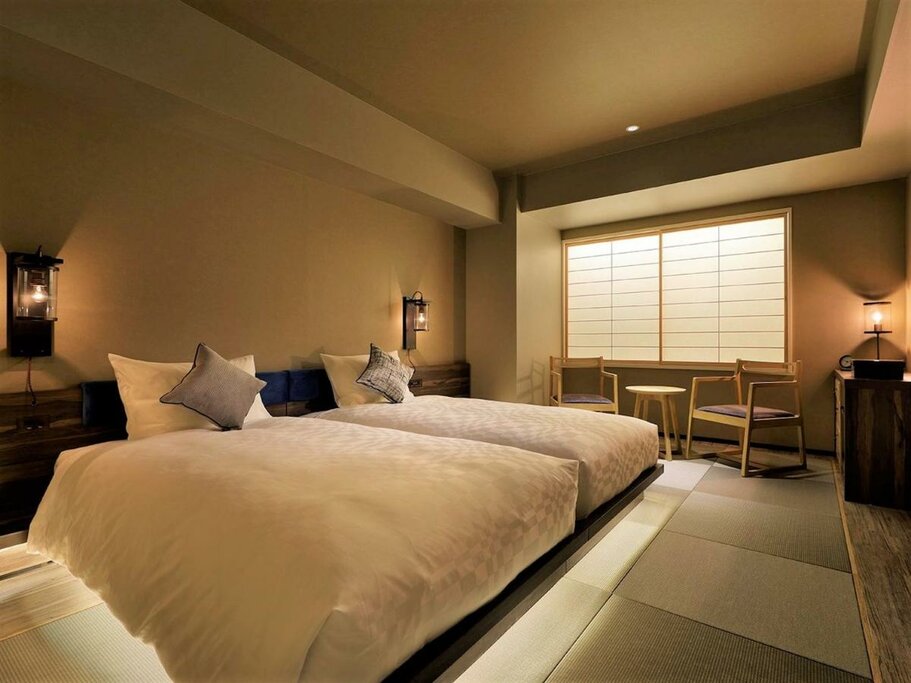
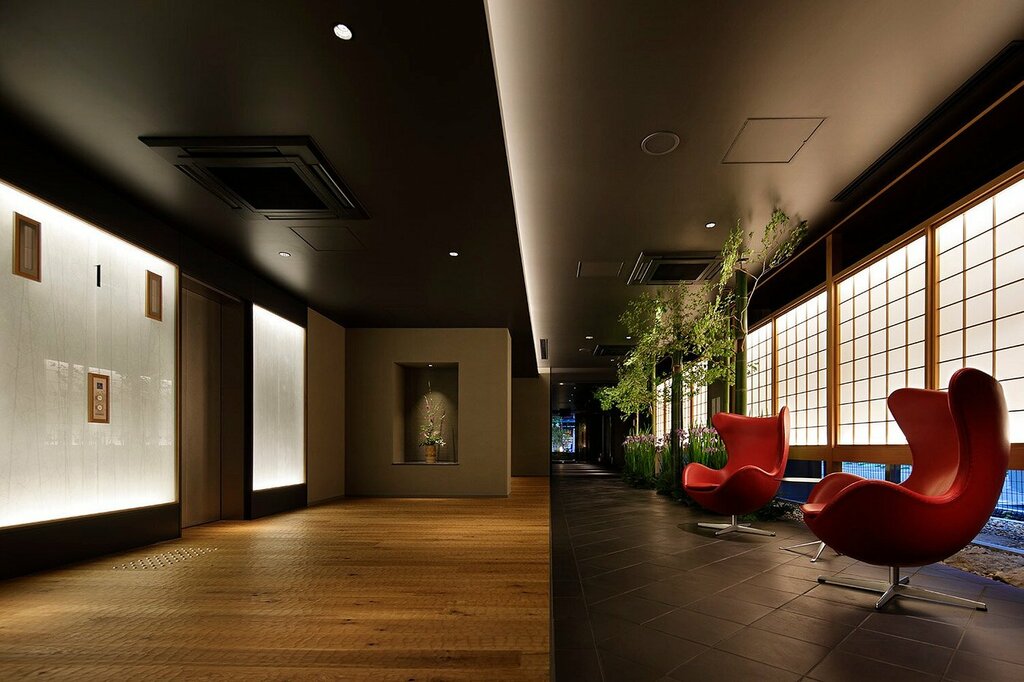
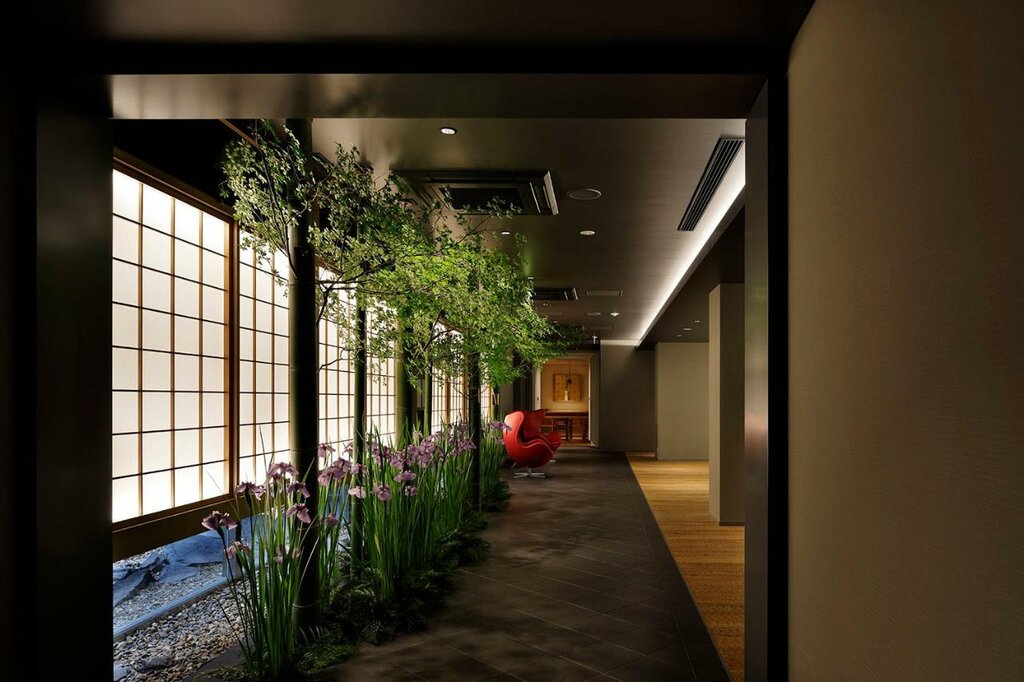
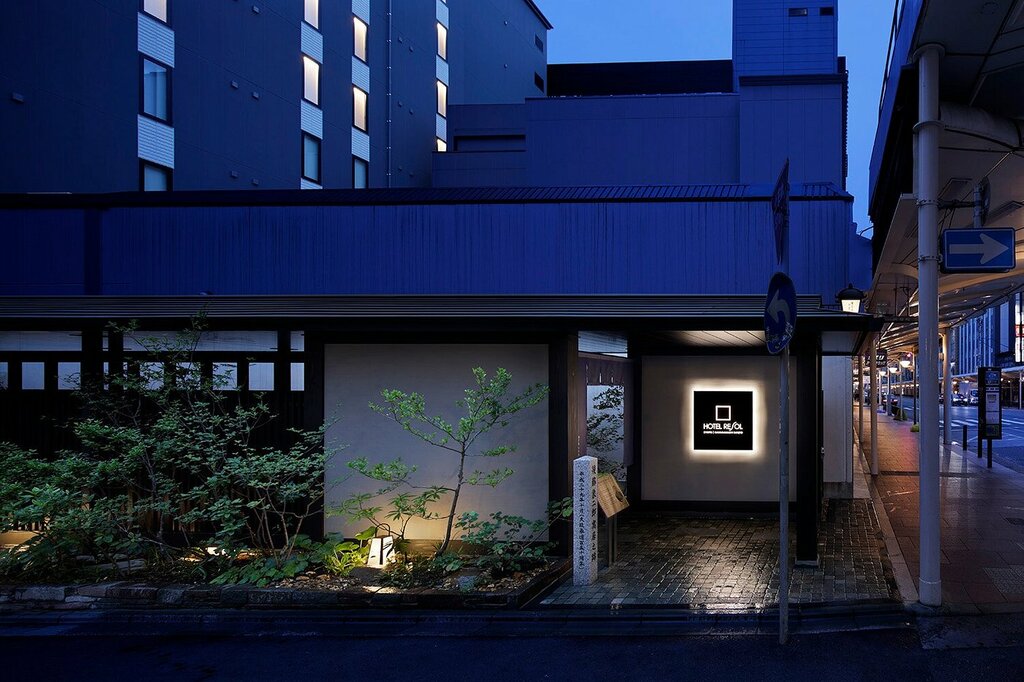
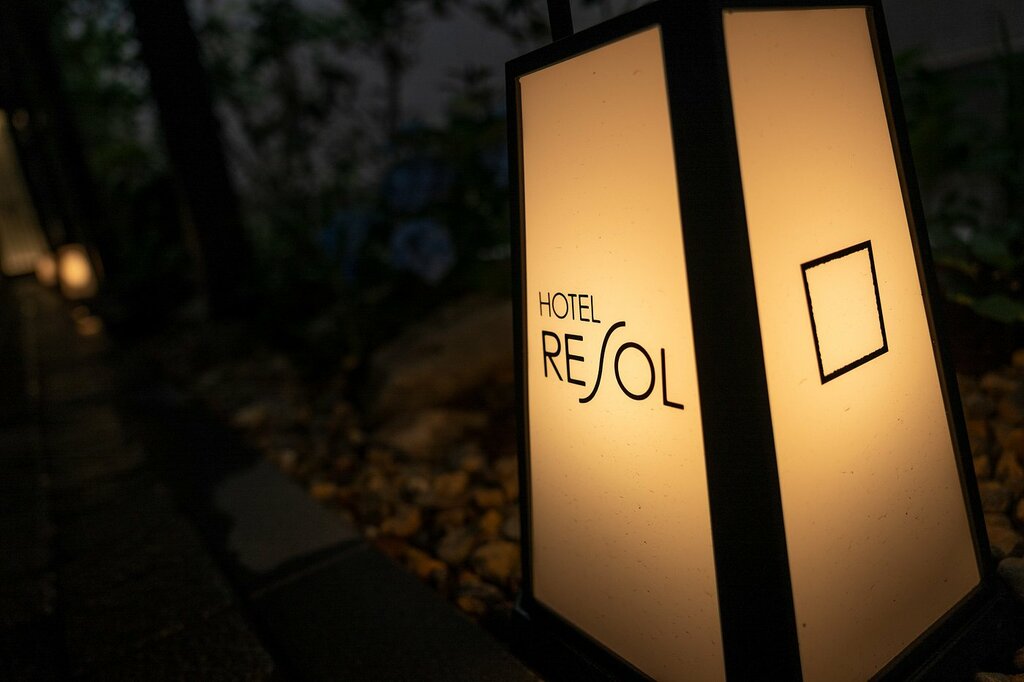
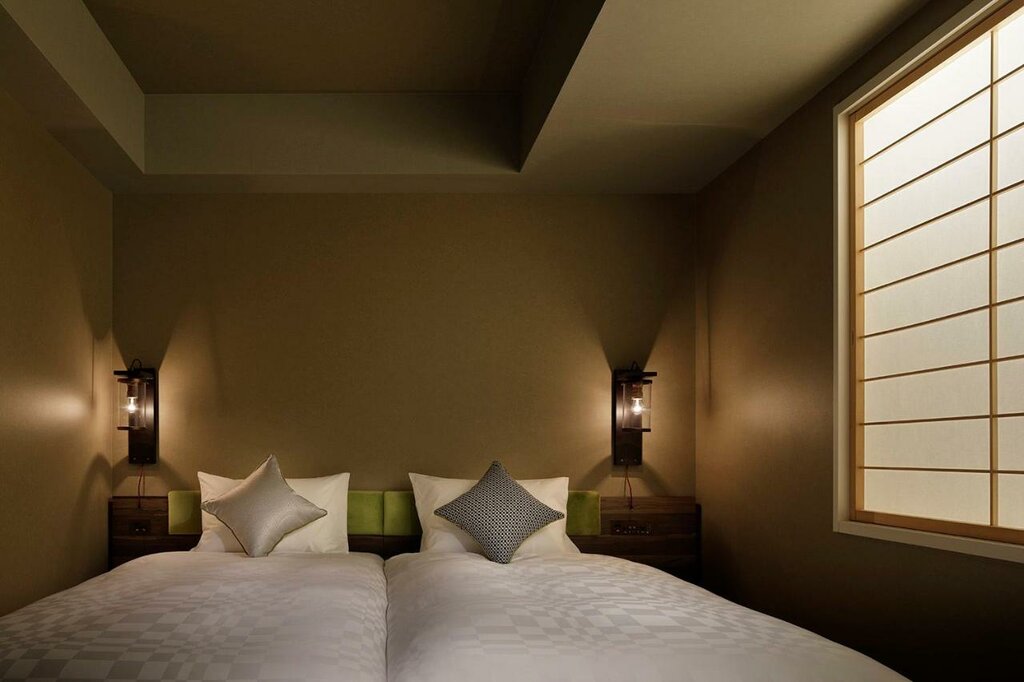
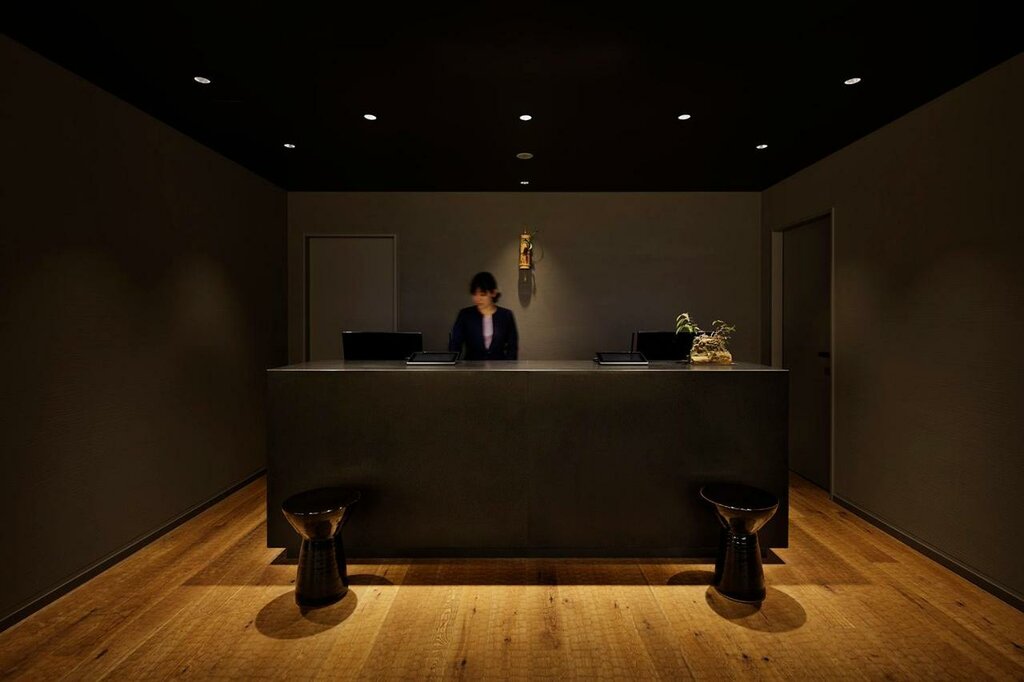
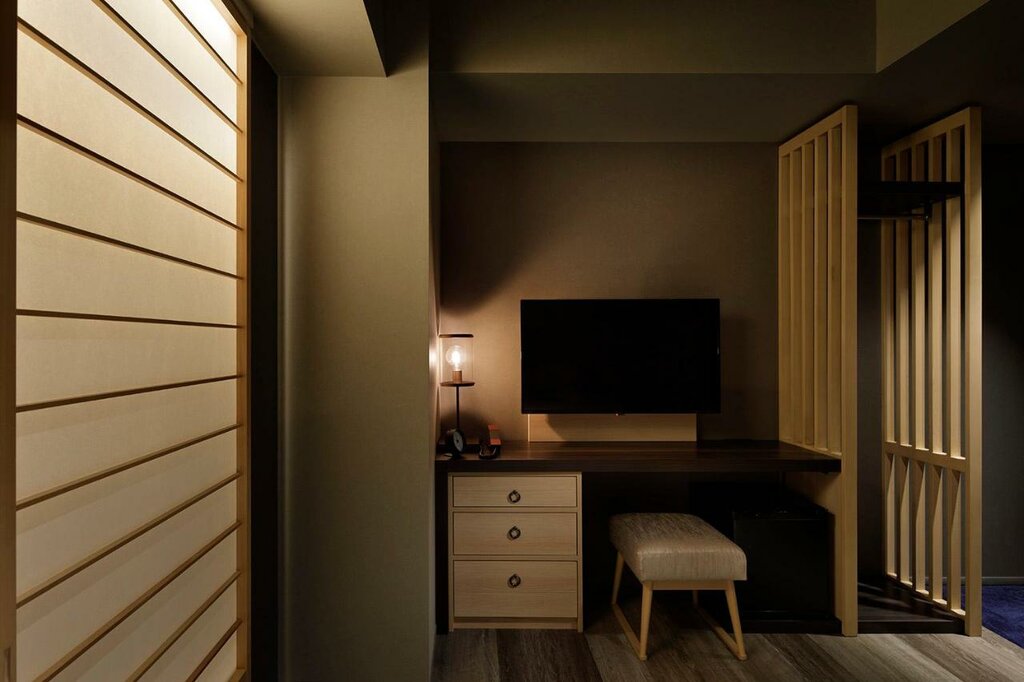
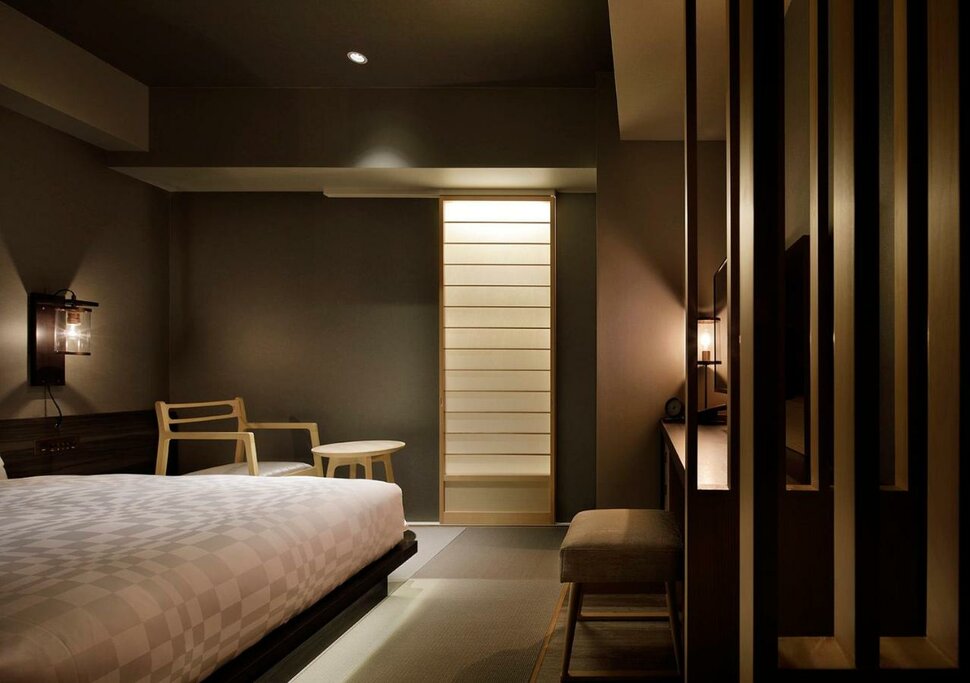
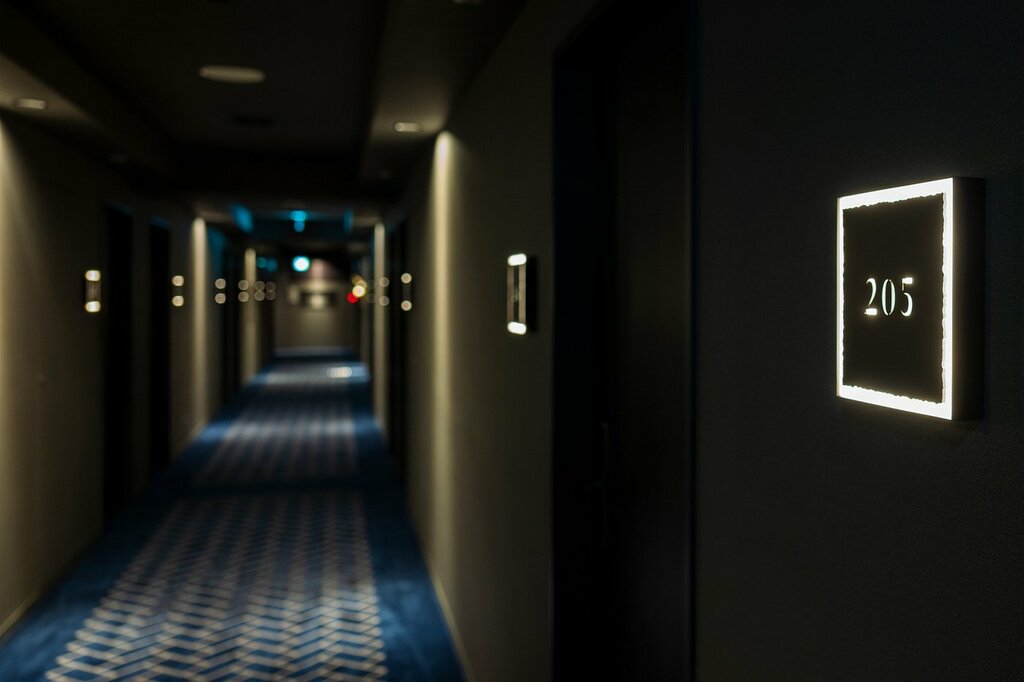
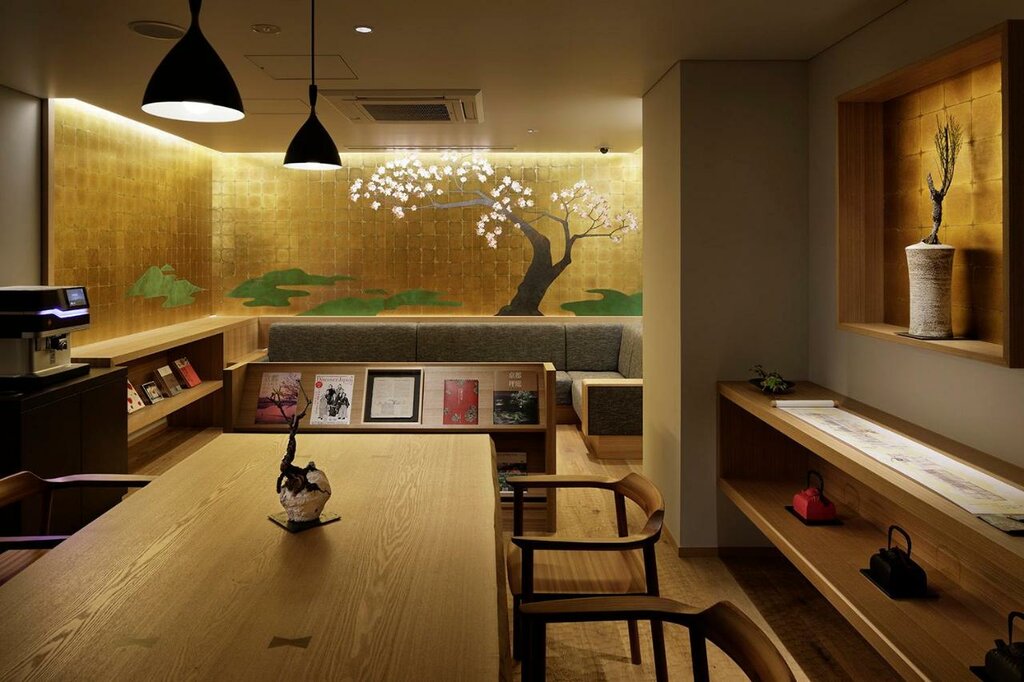
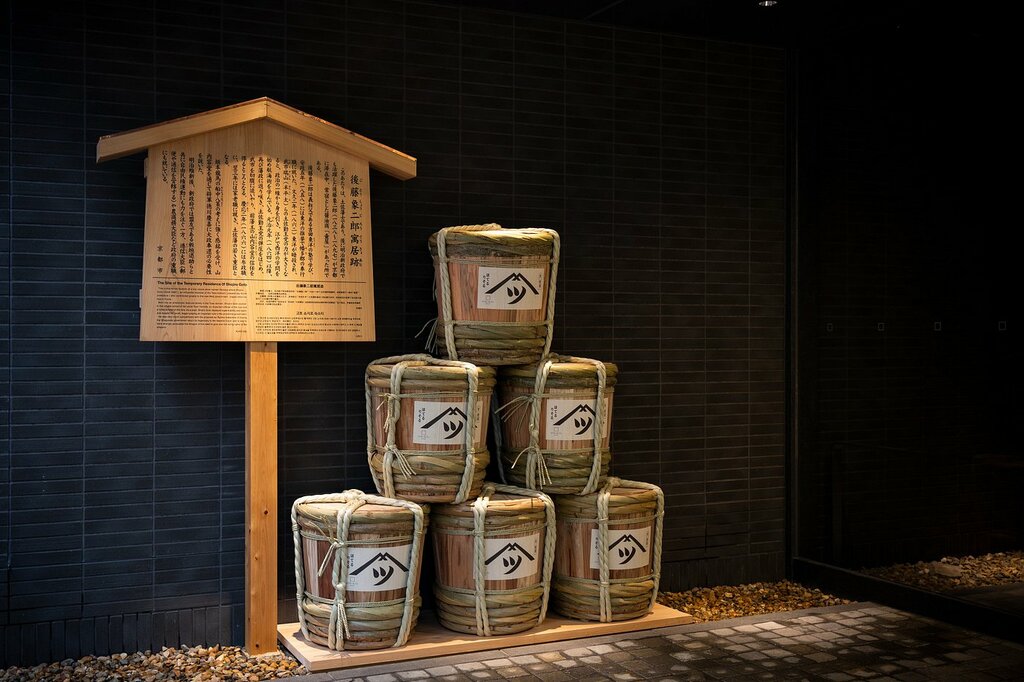
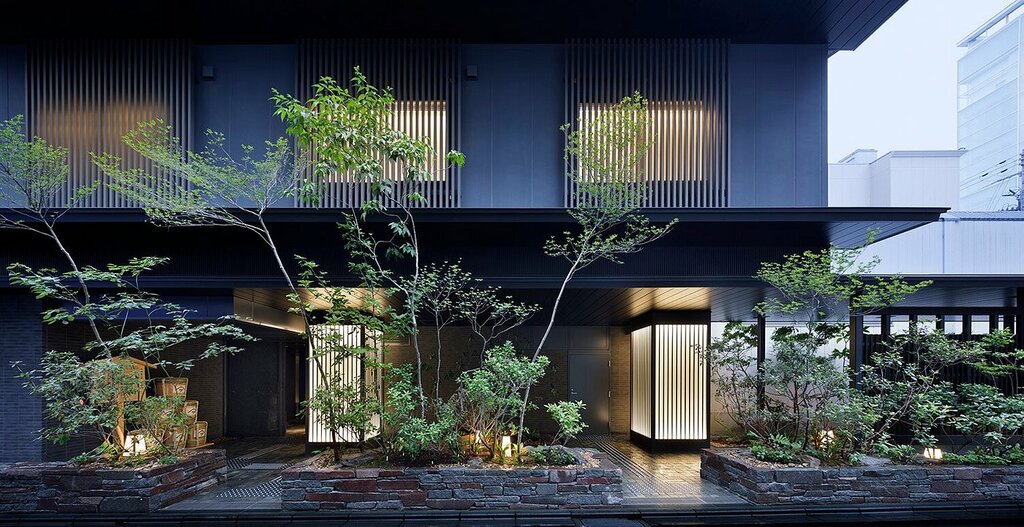
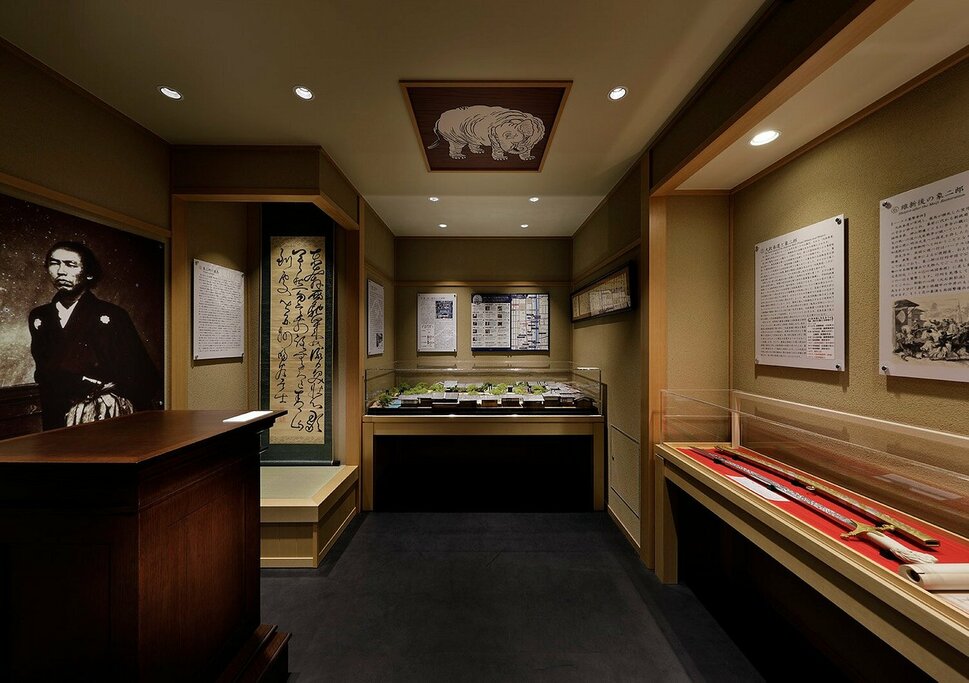
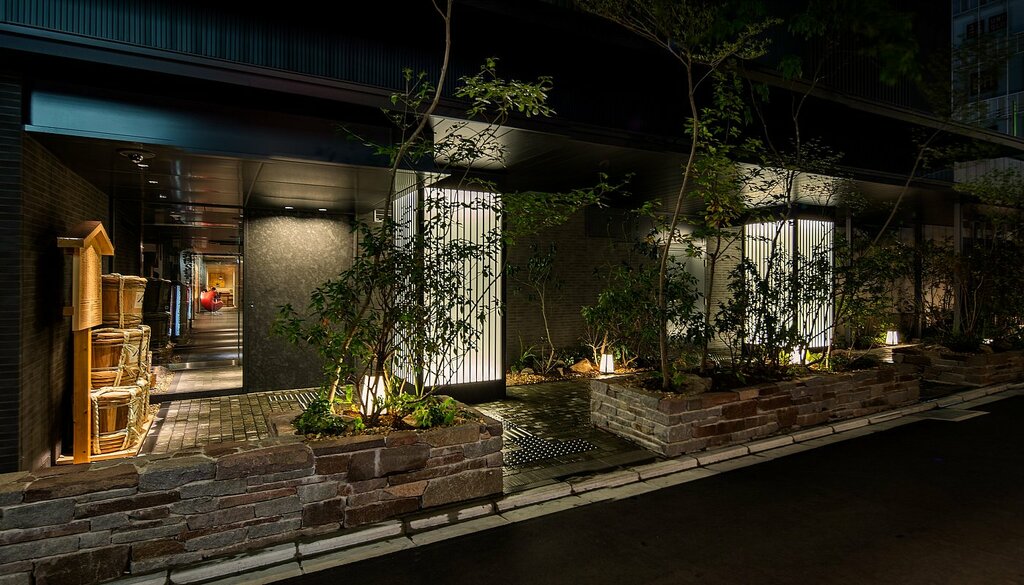
 Wifi – Check On Request
Wifi – Check On Request